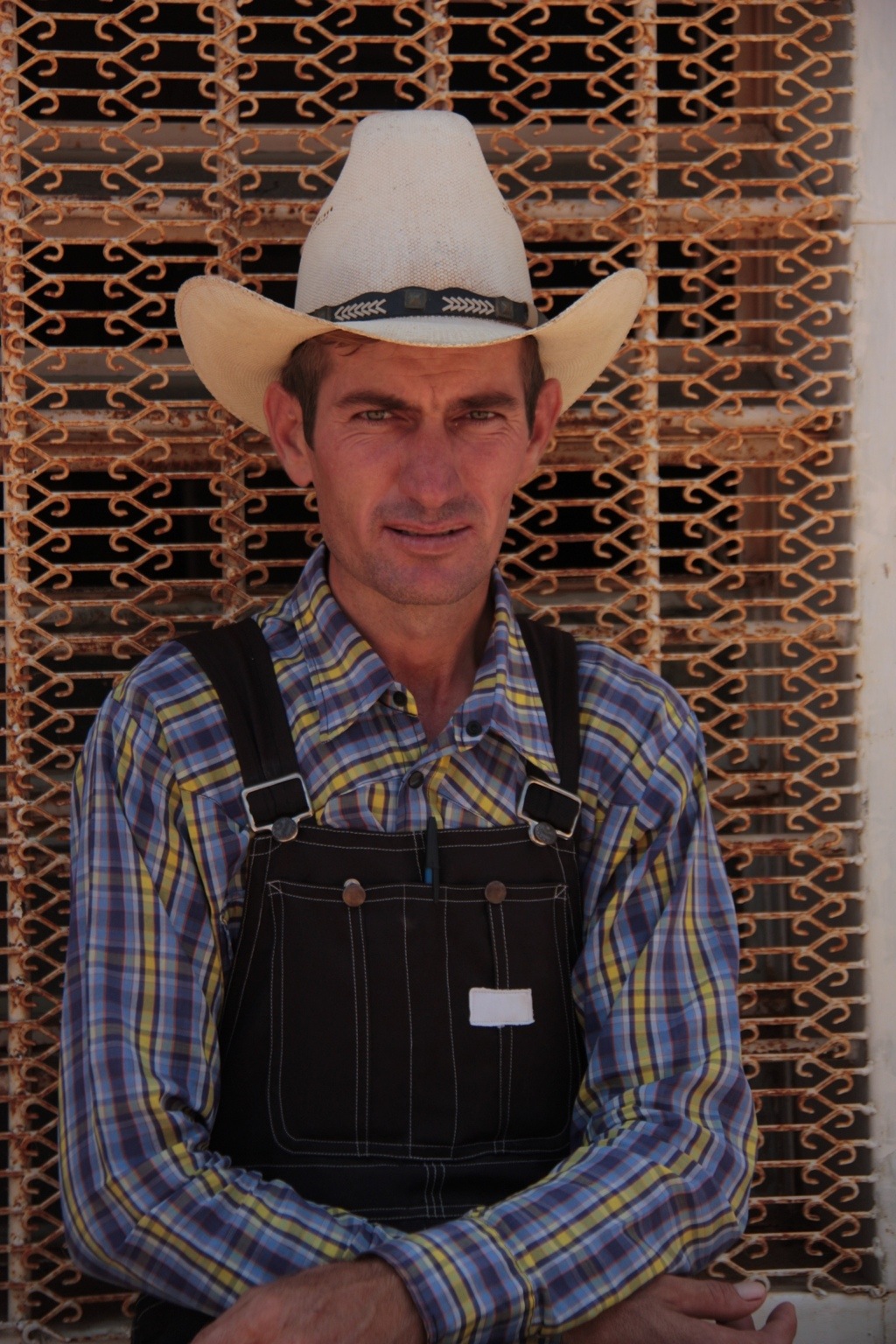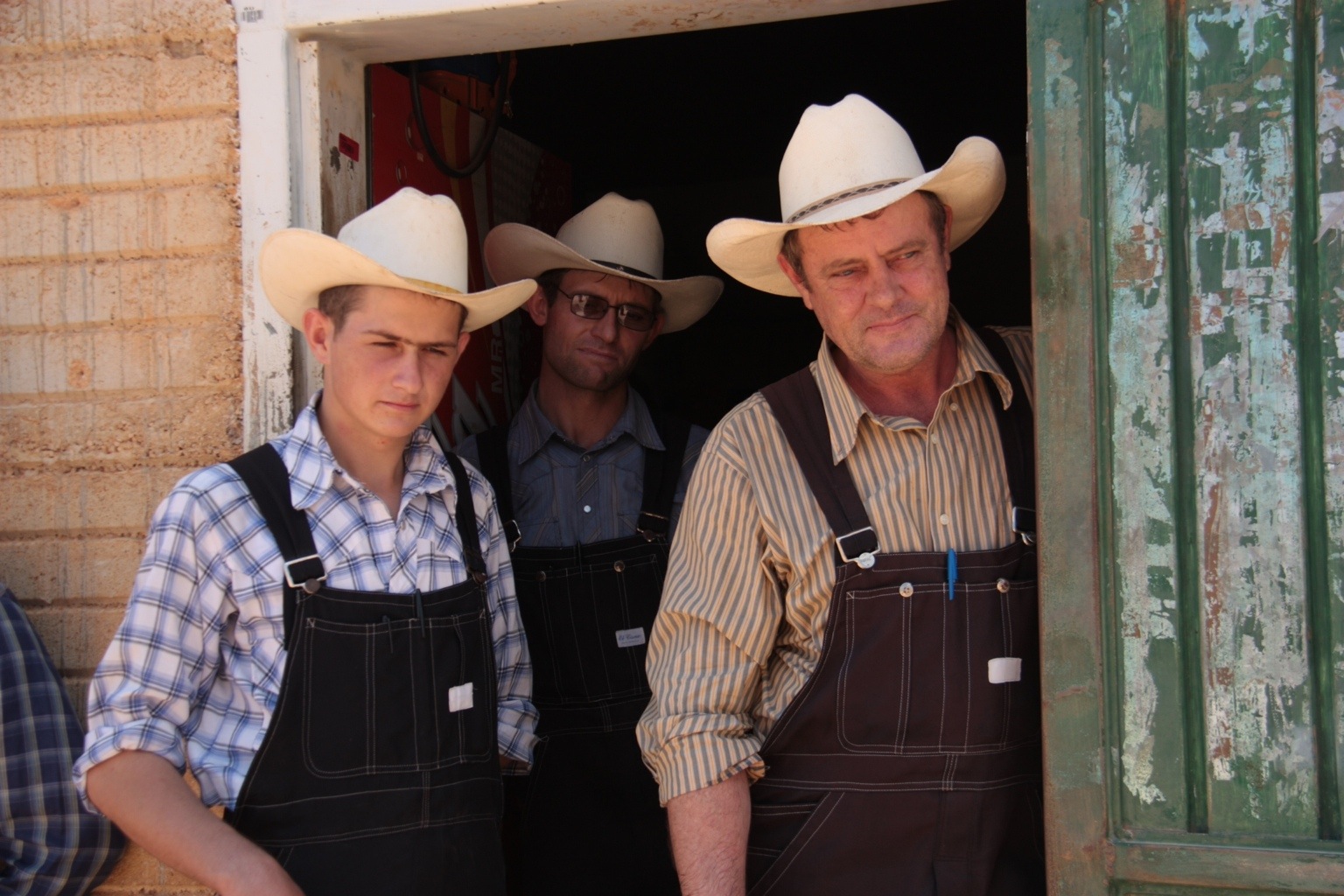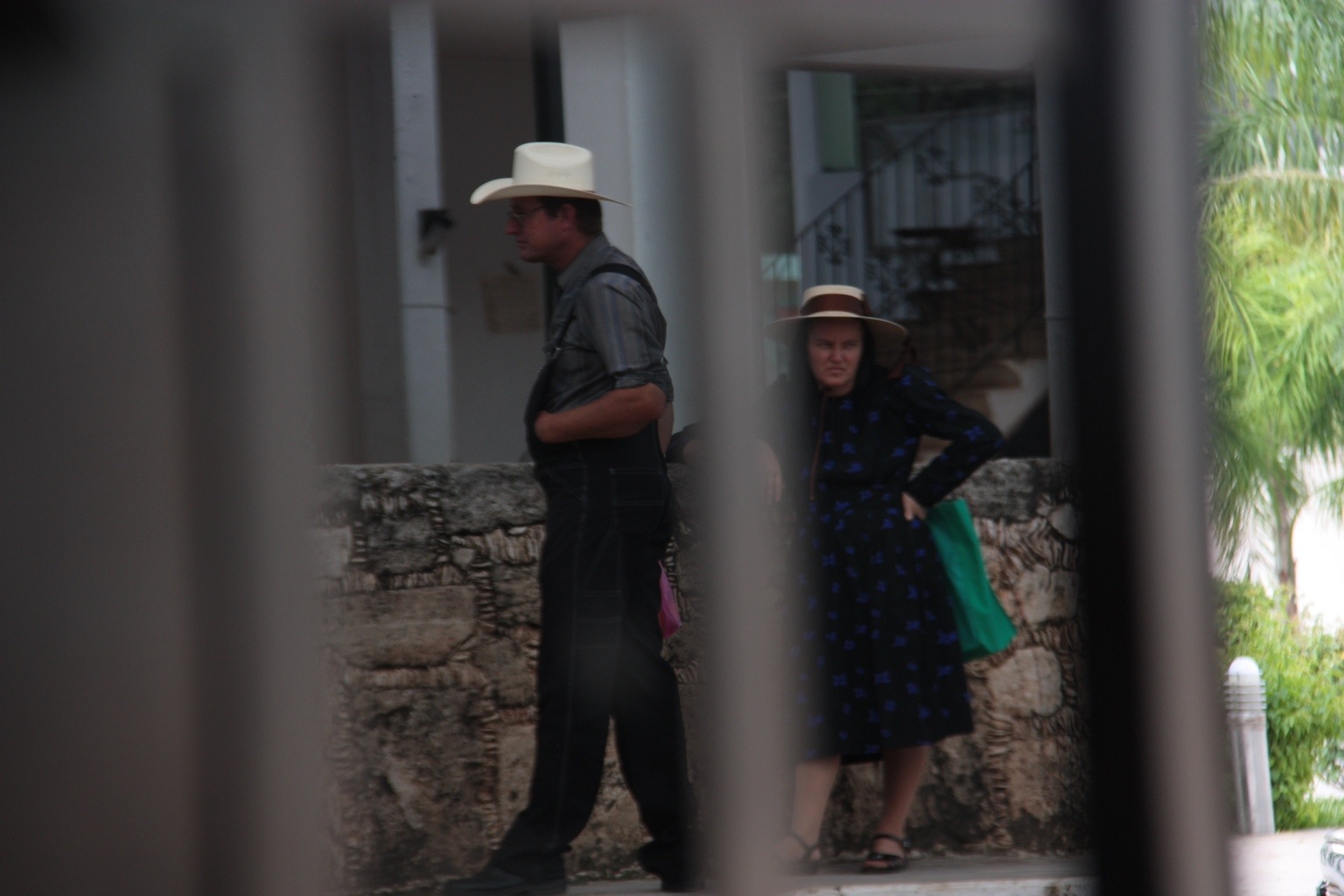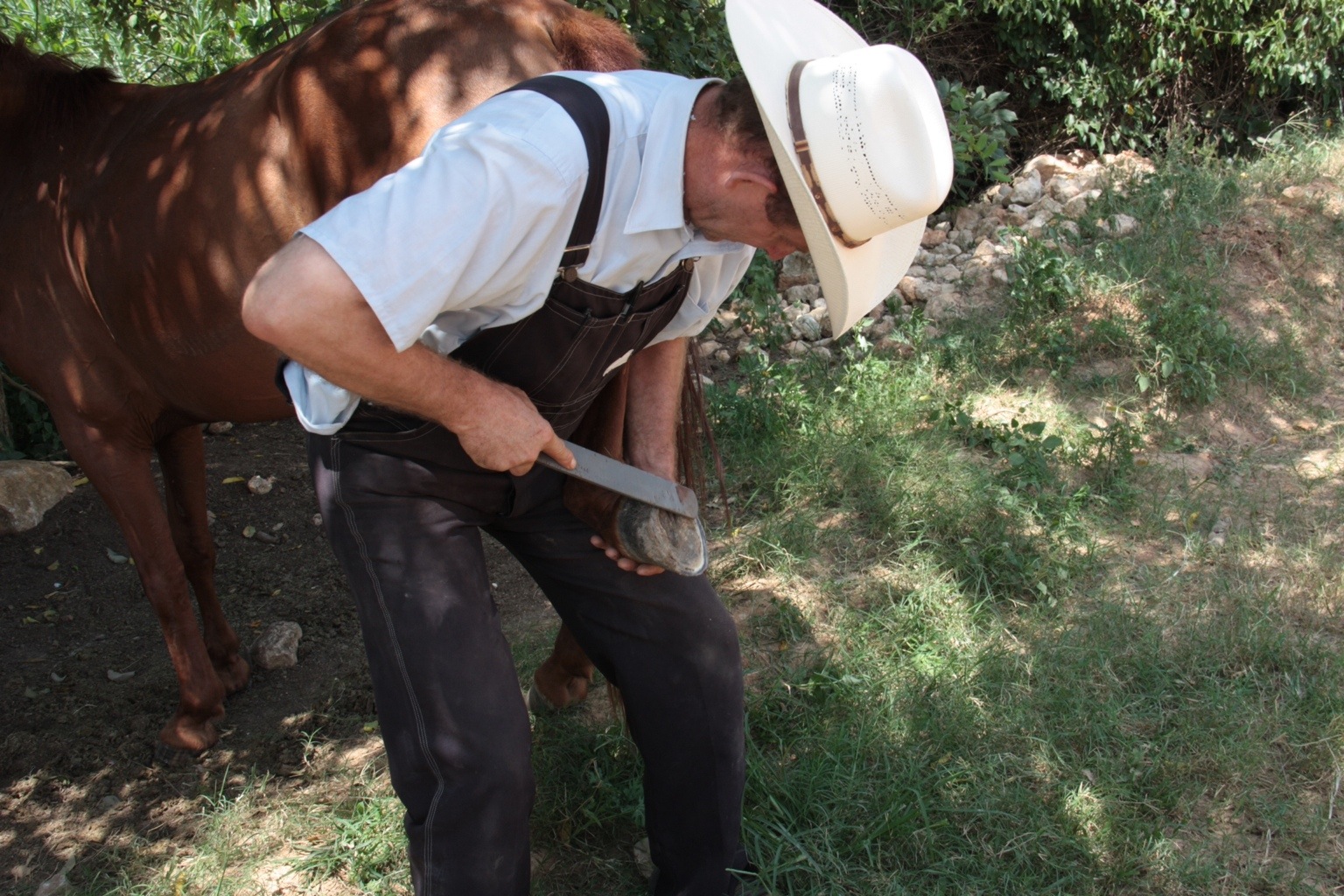This trip has taught me a lot about Mennonite culture. Sometimes I find just what I expected to find, other times I’m surprised. Sometimes I’m disappointed in “my people”, and sometimes I’m very proud to call myself a Mennonite. What I learned in Santa Rita surprised me, and in many ways impressed me.
I just spent two days with the Duecks/Friesens in a small Mennonite community near Santa Rita, Costa Rica, in the San Carlos area. It’s not a colony, but there is a concentration of Mennonites in the area. About six families moved en masse from Spanish Lookout some 35 years ago because Spanish Lookout was going through a rough patch with its youth, and these families did not want to expose their children to that environment. Secondly, the Kleine Gemeinde sect of Mennonites that historically have formed the core of Spanish Lookout resisted active proselytizing to the native Belizians, and this small group wanted to do more evangelism. After a few years in Costa Rica they left the KG sect entirely and instead joined with the Beachy Amish, a moderate and evangelically-minded Amish sect that has its cultural roots in Switzerland, versus the Russian roots of the KG sect. (I’m also Russian Mennonite, and it’s that cultural group I’m most interested in on this trip.)
Those that moved have created a unique community in that they are one of the very few cases where Russian Mennonites have formed a community with Swiss Mennonites. The Russian Mennonites were effectively adopted into the Beachy community, leaving behind their German language and many Russian Mennonite customs.
They are also interesting for their active attempts to open the community to non-Mennonites. One of the key traits of all the colonies I’ve visited so far is that Mennonites want to keep to themselves, and strictly limit participation in the community by non-Mennonites. For example, large communities have credit unions and stores that deal only with ethnic Mennonites. The Santa Rita community still sees itself as Mennonite in terms of their religious beliefs, but they have gone to great lengths to assimilate with the local community rather than remain isolated, as is the Mennonite tradition.
George Dueck, a prominent farmer and businessman in the community, said they were very willing to abandon Mennonite traditions that they felt stood in the way of their following Biblical teachings.
“The biggest difference between us and other Mennonites may be that we do not thing being Mennonite is very important. It does not define us,” George told me.
Another big difference is that the Mennonites are generally educated to the same level as their Costa Rican neighbors. This is interesting, as in most cases Mennonite colonies shun education beyond the basics and therefore must rely on non-Mennonites to handle more sophisticated work such as accounting, etc. Here, education is encouraged, including sciences, social studies, etc (Many Mennonites leave school once they can read, write, do basic maths and recite parts of the Bible.)
They are still deeply conservative: no TVs, no radio, women wear long simple dresses and head coverings, no competitive sports are allowed, men must wear collared shirts and not T-shirts, etc. However, they have set themselves apart from other Mennonites in a radical way.
Thanks to those in the community who took the time to discuss their ideas with me. I’ll elaborate more on this place, and their ideas, in my book.

 Follow
Follow


